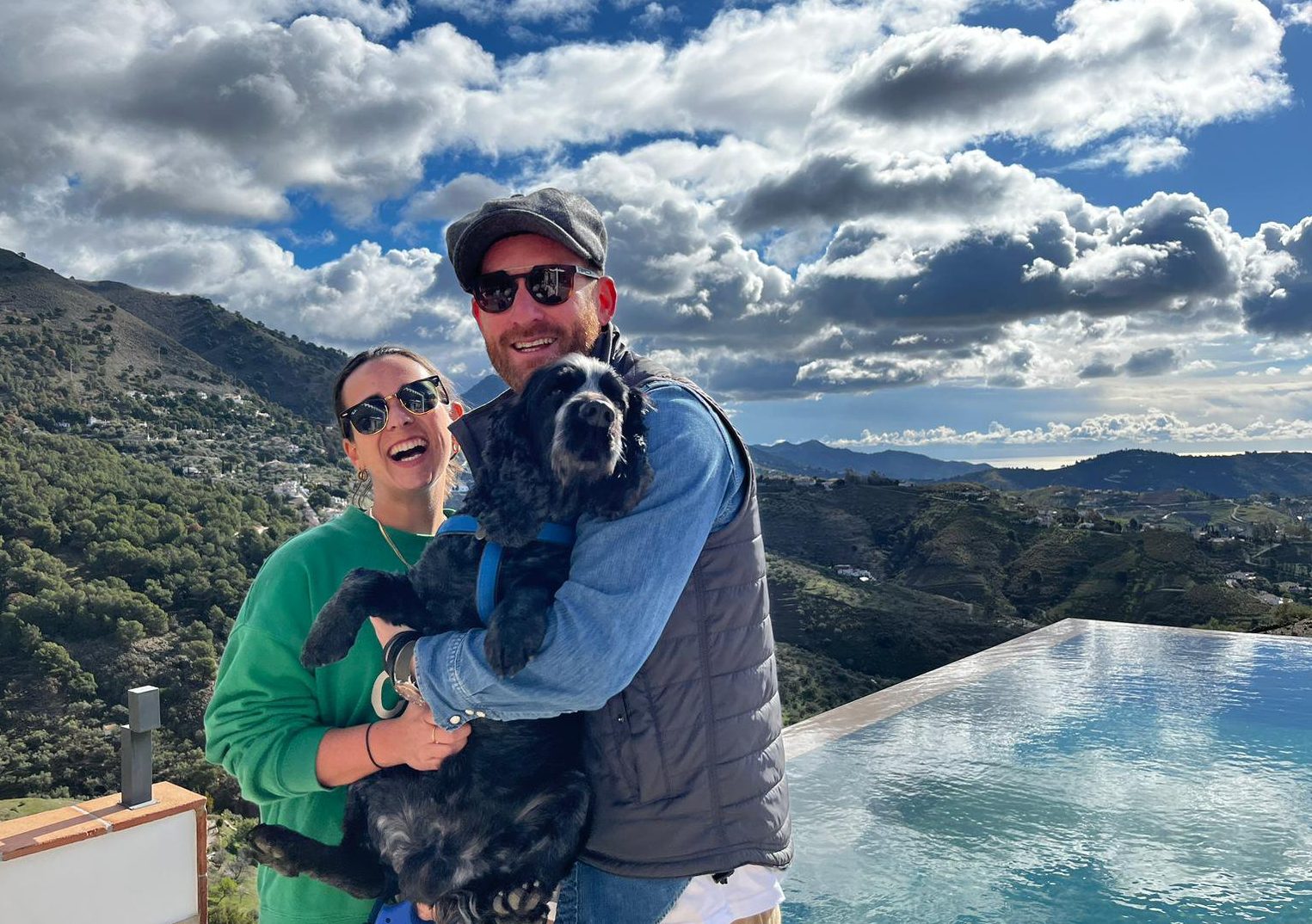
towards me.
the wave to the shore.
. My torturous symptoms not only affected my fertility and organs but my daily life.
has changed everything.
For the first time in over a decade, I am pain free. I can exercise without collapsing, eat without rushing to the toilet. And instead of surviving on a concoction of pain medication, mountain hikes, boxing classes and weekly surf lessons form my new routine.
. I was always told it was ‘normal’.
As time progressed, the pain became unmanageable. I missed work, was bed-bound and even vomited or blacked out from the pain.
– a procedure where a thin tube with a camera is inserted into the body – which confirmed stage 4 endometriosis, the highest grade of the condition.
had already been compromised; I was 27.
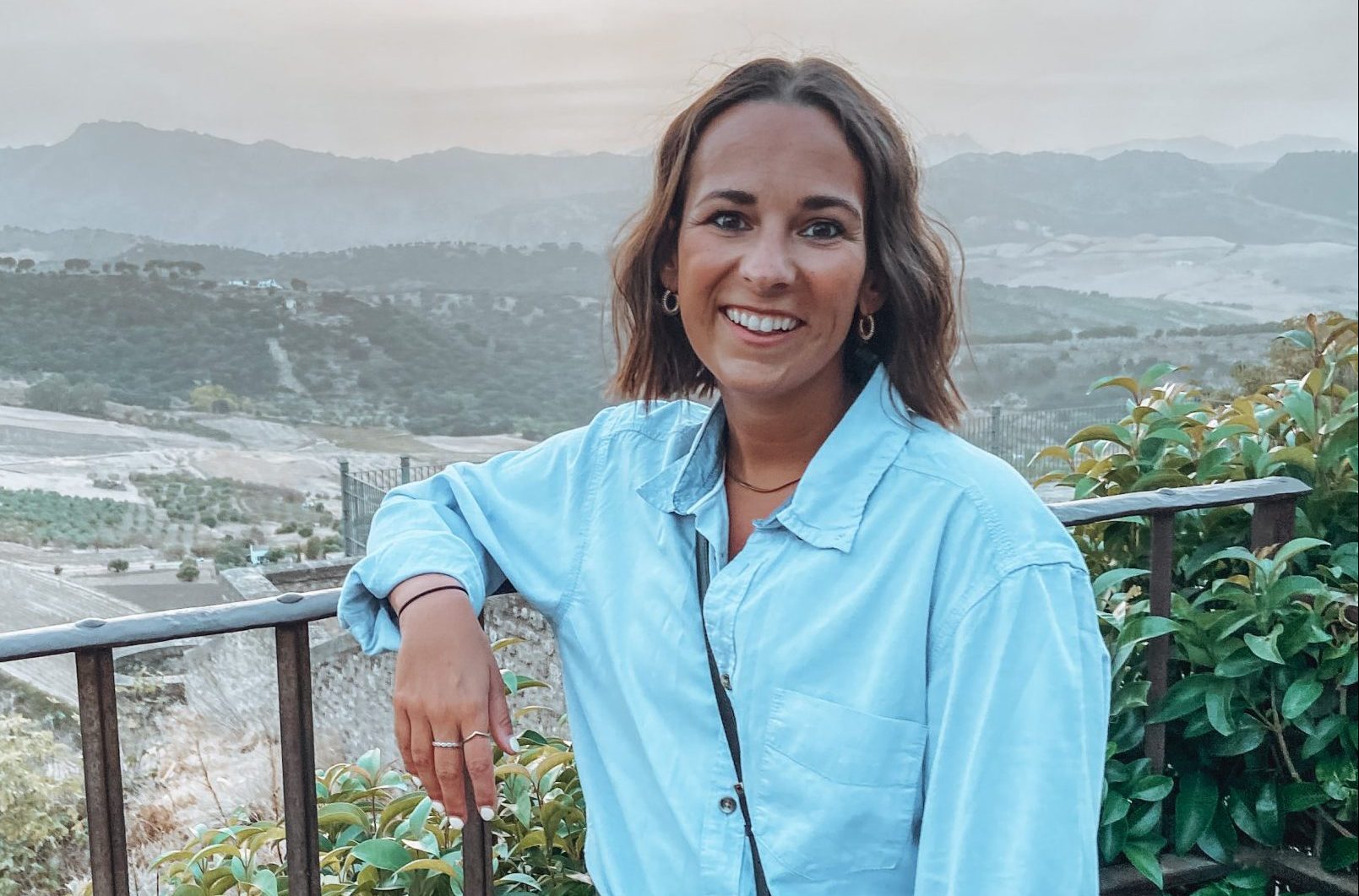
.
.
Following my diagnosis, I was naively under the impression I could be cured, but there is no known cure for endometriosis. Following diagnostic surgery, most patients are advised to manage symptoms with hormone treatments. Radical surgery is an option in severe cases.
would help symptoms – but what followed was 10 years of hell.
My endometriosis was aggressive, spreading like wildfire to my bowel, colon, rectum and bladder. I underwent four private surgeries, my fallopian tubes were removed and I was hospitalised repeatedly with pain and ovarian infections.
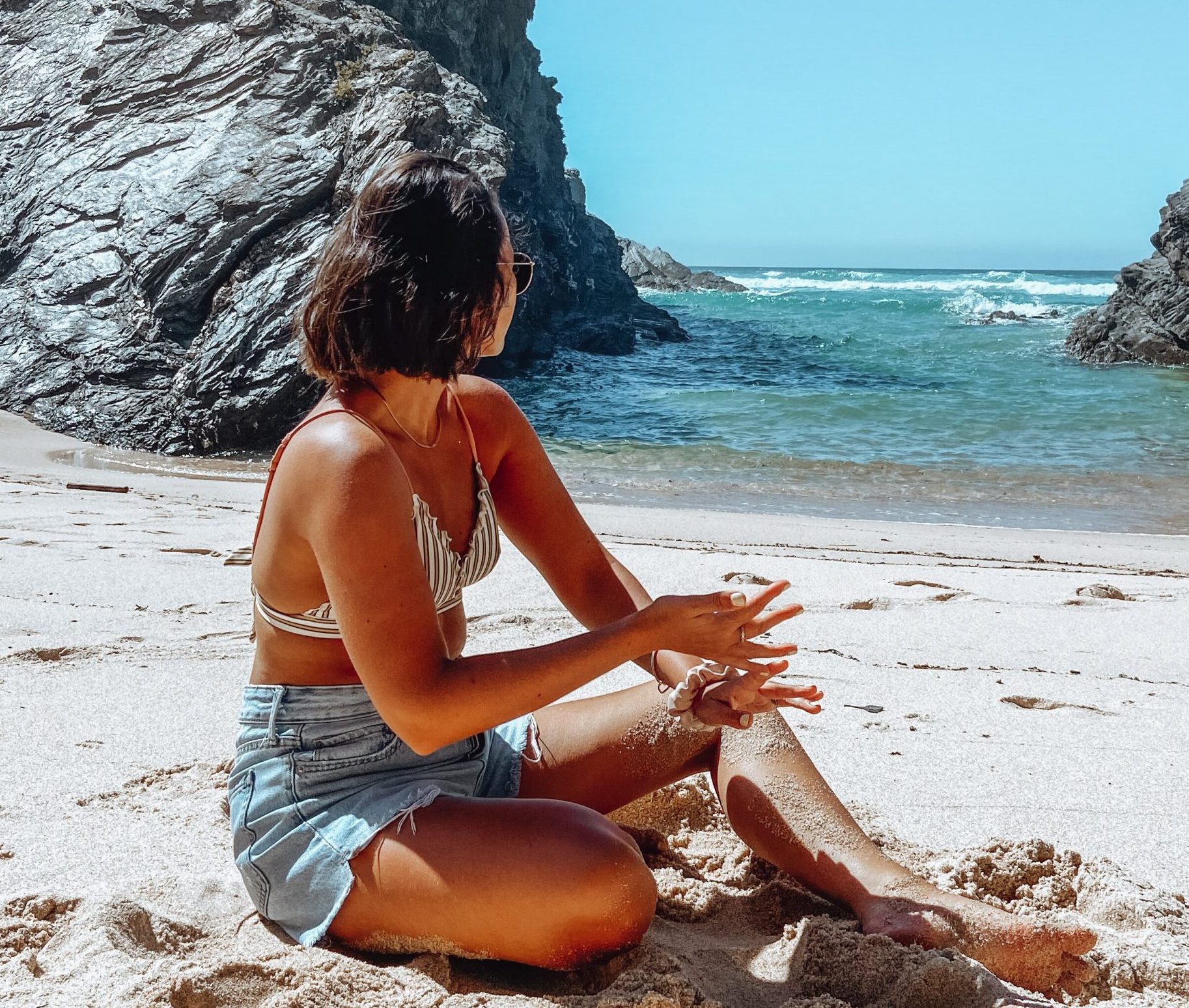
.
. I was terrified of my life changing so much at only 37.
Around this time, my mum suddenly passed away. It was then I started to look at life with a new perspective.
Though I was mentally, physically and financially broken, I didn’t want to be defined by a disease. I felt there had to be another solution to fixing my endometriosis and as they say a change is as good as a rest, I decided to test the theory.
for a year in 2016, and knew we loved the slower pace and outdoor lifestyle.
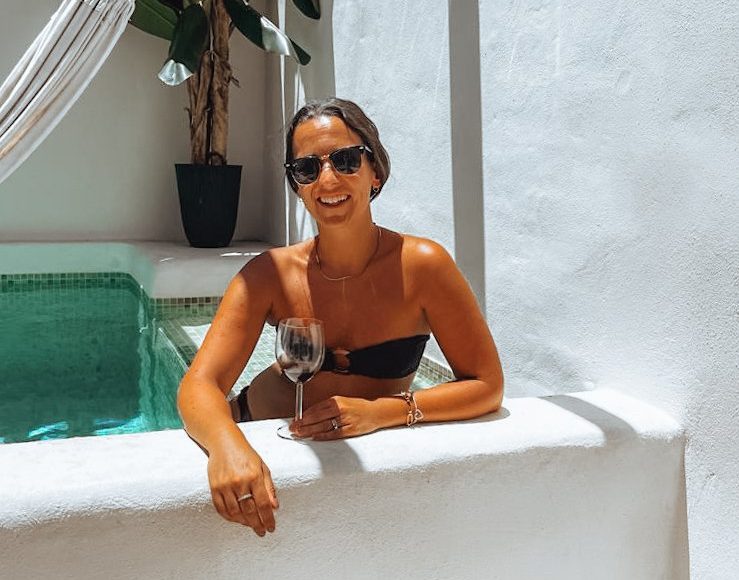
made moving abroad challenging. We researched visa options and found a route that worked for us. Luckily my husband holds an EU passport, and I was able to apply for residency as a non-EU family member.
.
While we settled into our Spanish way of life, I noticed my health significantly improving. I reduced my reliance on painkillers, transitioning from frequent morphine use in the UK to occasional paracetamol.
After a long, complicated process with mounds of paperwork – my residency took eight months to complete alone – we finally got the green light on our residency application and officially moved to Spain in June 2023 with our dog.
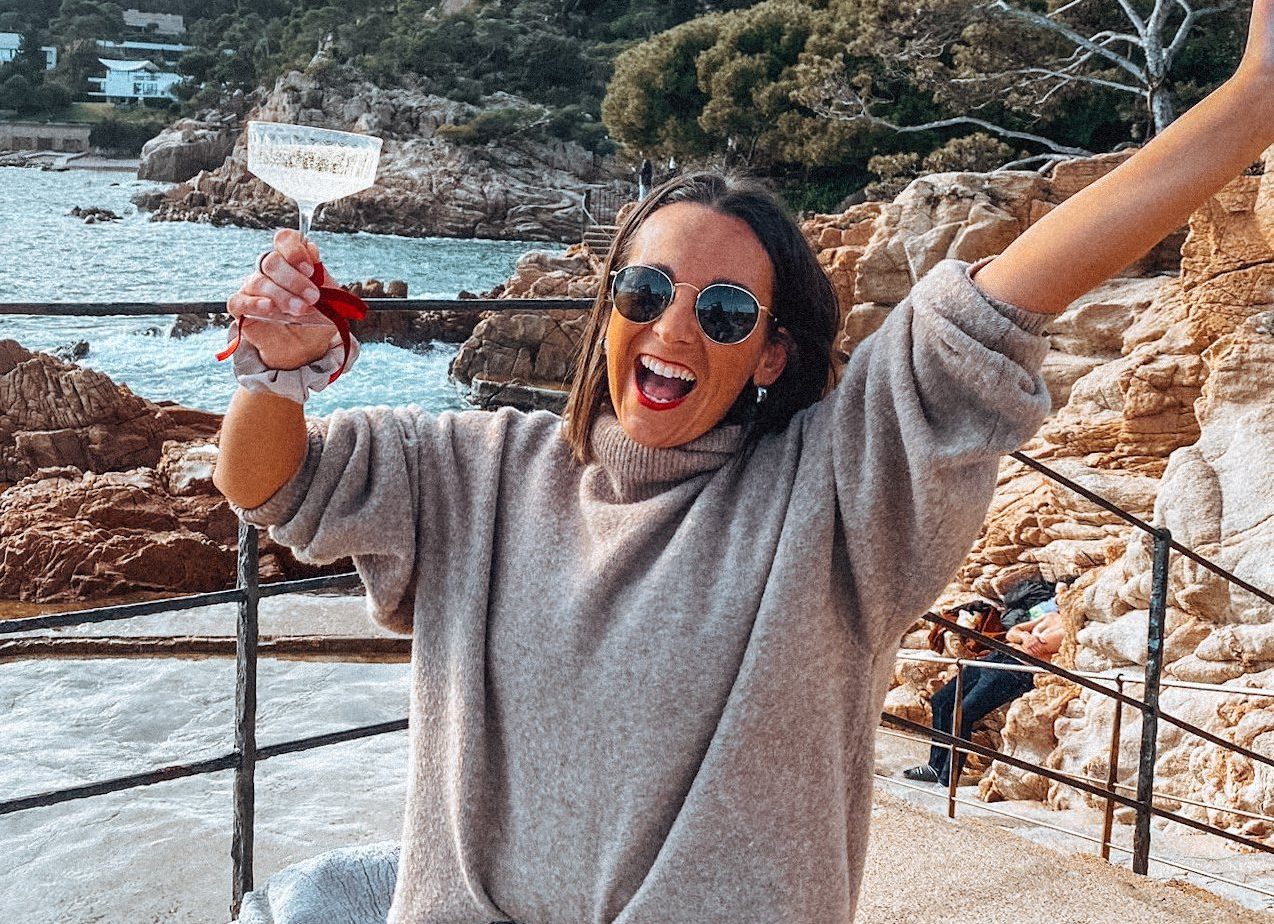
My daily routine became so much slower. Instead of waking up, taking a painkiller and trudging across a muddy field with the dog, only to be in pain hours later while struggling at the laptop, I’d wake up, enjoy a leisurely coffee on the terrace then take a long dog-walk on the beach, before settling down to work from home as a freelance editor.
Rather than eight hours at the laptop, I followed in Spanish footsteps and prioritised life and health. I took little breaks strolling around the city or had lunch at a local bar.
A lunchtime surf is something I could only have ever dreamt of before, but now it’s become my reality.
in the sea have reduced my inflammation.
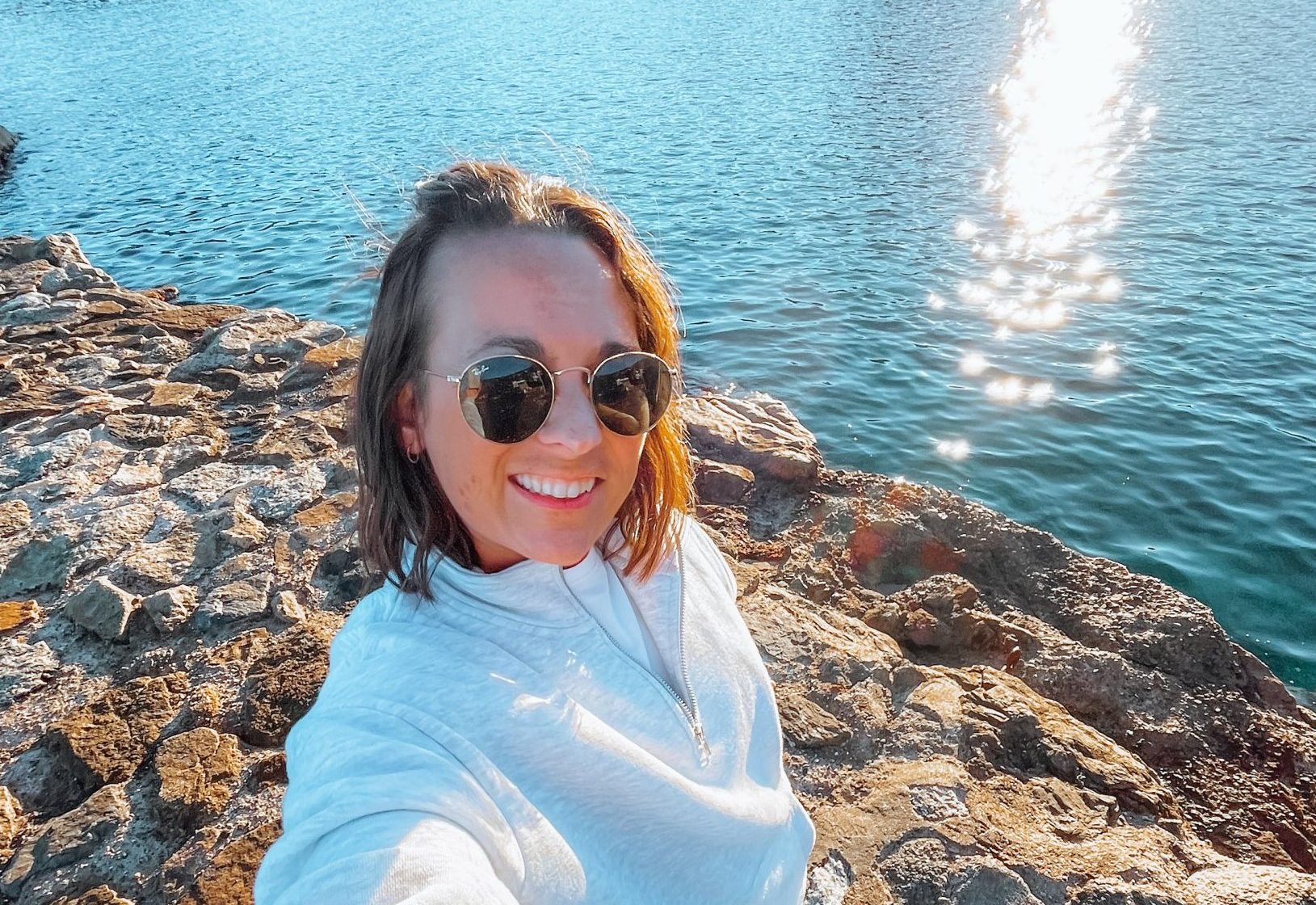
(tiny, tasty bites, usually a small piece of bread with a delicious topping). As supermarkets only stock produce that’s in season, there are fewer instant food and frozen products, which encourages me to cook from scratch.
One year ago, I would never have been able to survive on a diet of cava and jamón – they would’ve caused extreme pain – but now I enjoy them.
I asked my endometriosis consultant earlier this year how such improvement could be possible. His instant explanation was ‘the produce.’ He believes the quality of the food is having a significant impact on reducing my inflammation and therefore my symptoms.
And this summer, my annual endometriosis MRI showed no progression or new adhesions. For the first time, my condition was dormant.
While I am not cured, and I take a hormone pill daily, I am stable. Plus I was overjoyed to be removed from the surgery list – I cried happy tears.
I believe a slower, healthier lifestyle in the sunshine has significantly improved my endometriosis and I only wish I’d done it sooner.
This isn’t to say that a move abroad is necessarily going to help every other endometriosis sufferer, but I believe my experience can help people who want to make positive lifestyle changes.
The UK’s fast pace isn’t essential; slow down and say no to extra commitments. It might take longer to walk to the store or gym, but do it. You’ll get exercise, a healthy dose of fresh air and feel better for it.
Shop at your local weekly market; make it an enjoyable, slow-living experience. Join a local wild swimming group and reap the benefits of cold-water therapy.
Two years ago, I was in constant pain. I’m living proof that significant improvement is possible, and that a change really is as good as a rest!
Share your views in the comments below.

